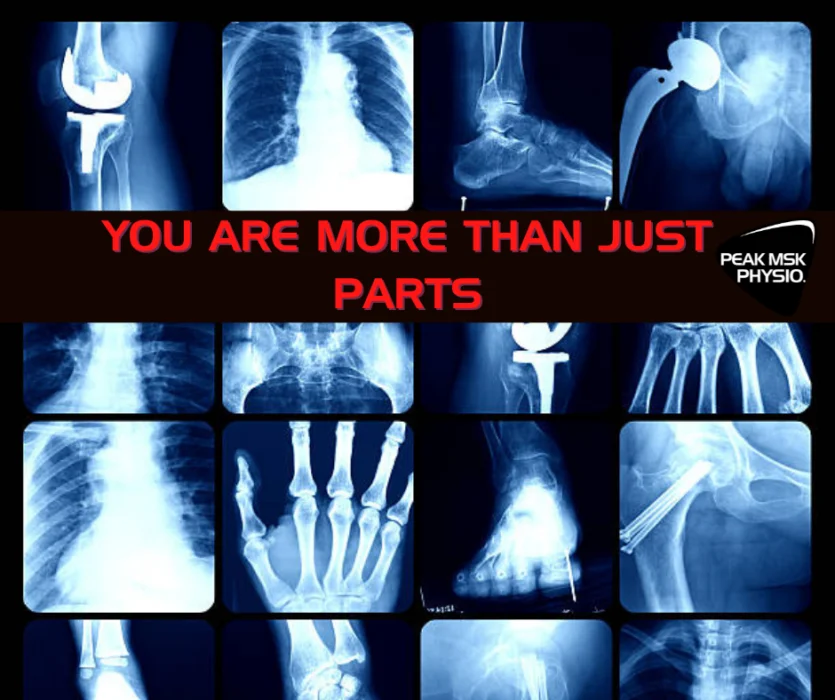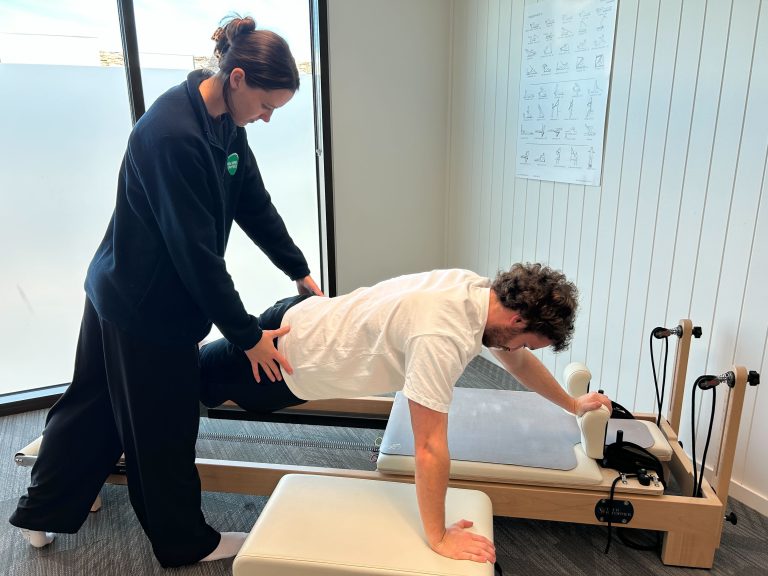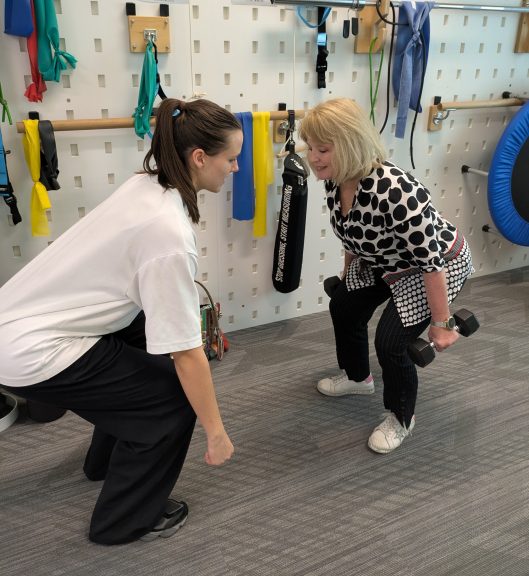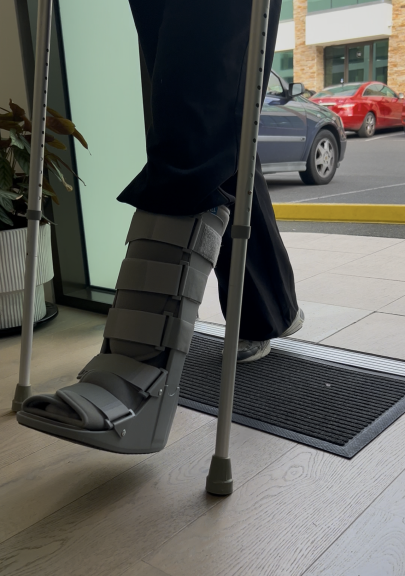The three biggest misconceptions people make about x-rays and scans that you must know!
Do you have muscle or joint pains, and you want an x-ray or scan to find that tear, bulge, crack, fissure, or split and then get it fixed? Read on for good healthy information on what you shouldn’t do and should do.
Misconception number 1:
“An x-ray or scan will find the cause of my problem.”
A scan, or an x-ray will in most cases not give you a diagnosis to solve your issues. But you still wonder WHY is such a powerful health tool not given to you first?
This is a question often posed to us. The overuse of MRI, CT, and x-rays has become a common trend for several years1 . This can be a waste of time and bad for your health if the focus is on findings that are not important, nor will they solve any problems.
Often the imaging shows unimportant or irrelevant findings. This is because many musculoskeletal scan or x-ray results show normal variations to being simply…. “normal”.

To summarise, if you grab a bunch of adults and kids off the street with no history of problems you will find1,
- Shoulder tendon tears and joint lining tears are common in 60% of adults and 65% in young athletes.
- Just over a third of people have abnormal ankle ligaments.
- 22% of children show disc degeneration on Low Back MRI, active young athletes had 85%!
- 69% of adults have hip lining changes.
- Up to 87% of people have bulging neck discs, 58% in young athletes!
- Most people with knee meniscus tears have no symptoms!
.....and....
- 23% of people presenting with a noisy jaw joint (TMJ) click, had a normally positioned TMJ disc!2
The downside of scanning everything!
Jumping to scans to search out the cure will lead to being fixated on false-positive findings, or non-issues. There is also excessive exposure to radiation. The overuse of imaging risks your recovery by making your issue overly complicated than it need be.
Misconception number 2:
“Imaging by scan or x-ray should be done first before I go about getting physiotherapy.”
Often you can get a diagnosis confirmed by a thorough hands-on examination. A physiotherapist pieces together all the elements of your examination. This includes muscle and nerve testing, movement quality & range and movement position sense, to name a few. For example, hip and knee arthritis can be diagnosed by in room examinations alone.
Should our examination suggest a need for imaging, the information we have will determine the kind of imaging and views we ask from the radiology clinic. When we do this, the information we get back is related to your condition and how best to manage you to recovery.
Misconception number 3:
“The imaging will tell me how bad it is.”
No, on its own imaging is one layer of clinical information or one piece in a solution to your health. Did you know in osteoarthritis, some people will have joint changes with no symptoms and in others, symptoms can be around for up to 15 years before changes can be seen in scans.
A lot of things are just as important to look at such as, lifestyle, ergonomics, strength, coordination, conditioning, movement awareness, joint and nerve flexibility, nerve function as well as personal outlook.

So, what is the purpose of scans and x-rays?
We use them to ask more questions about a problem. For example, a person with an ankle injury may present with a lot of pain, this may lead to the physio asking for certain views to be taken to rule out fracture. But in another patient with repeated sprains, our hands on examination may lead to prescribing different views to be taken of the ankle joint. Such as looking for a ligamentous or cartilage cause for the persistent pain. We call a series of films, a “study”. So, a referral to imaging has to give information, or background story. Essentially the physiotherapist is asking the following...
“Please scan this part with the requested views, to add information to my examination results of this person”.
This is the about getting the right study.
In summary, your rights to imaging.
Your scan or x-ray needs to be done with:
- The right study (asking the right question),
- In the right order (in terms of priority to organise the best treatment),
- With the right reporting (that answers our questions),
- So we can take the right actions (to maximize the benefit of report findings to give you the best and safest treatment).
And with this, the benefits are....
- Glove in hand treatment matching your problem condition, targeted treatment, and better outcomes.
- Better patient understanding when we walk you through our decisions to combine our examination with imaging.
- Self-confidence in knowing what is important to prioritise in your recovery.
- Get the direct path to recovery without being side-tracked.
Thanks for reading this blog, we hope this was enjoyable to read as much as we enjoyed writing it.
1) BMJ Open Quality 2021; 10: e001287
2) Pain Res Manag 2021; 2021: 5565747













